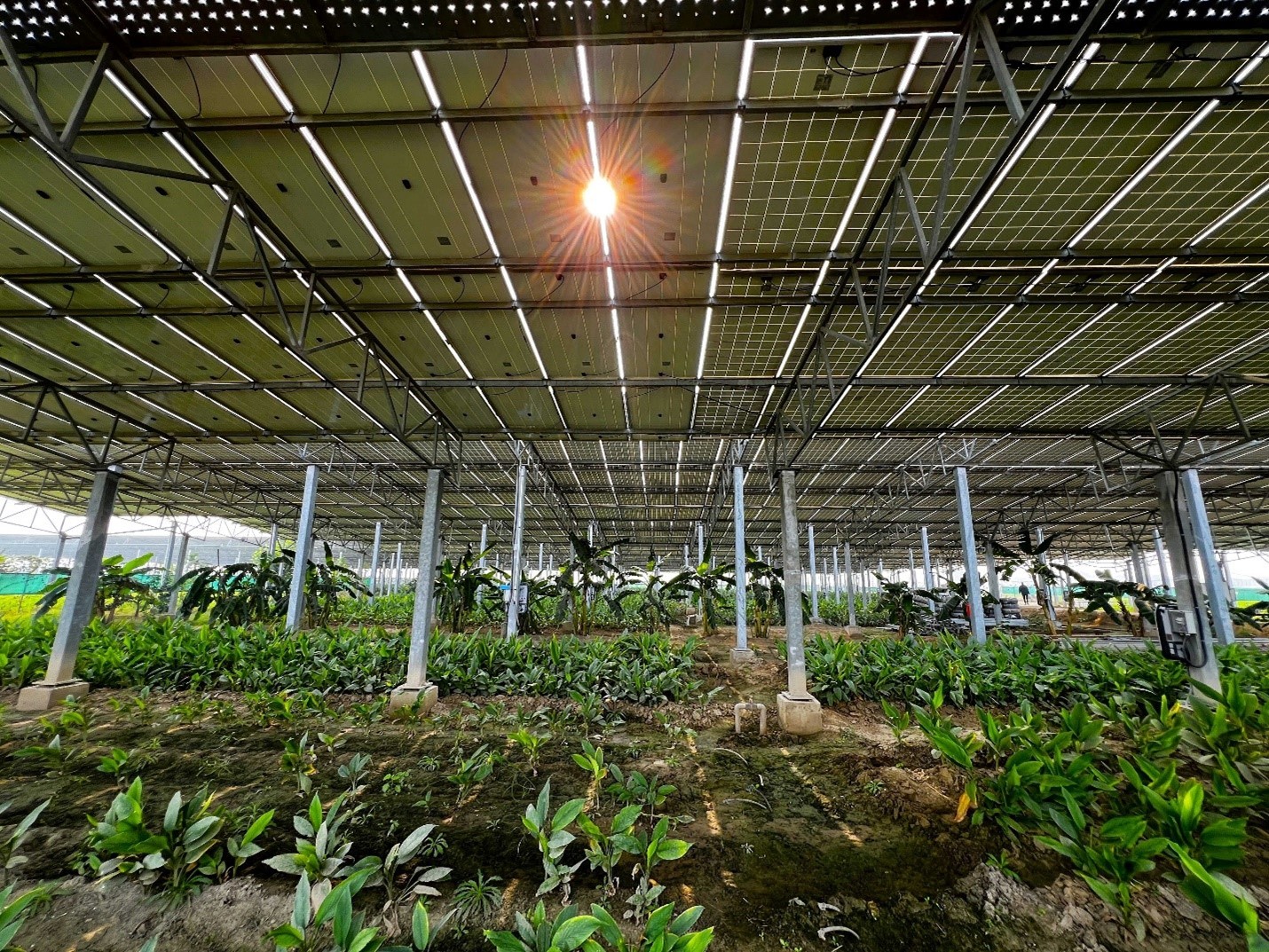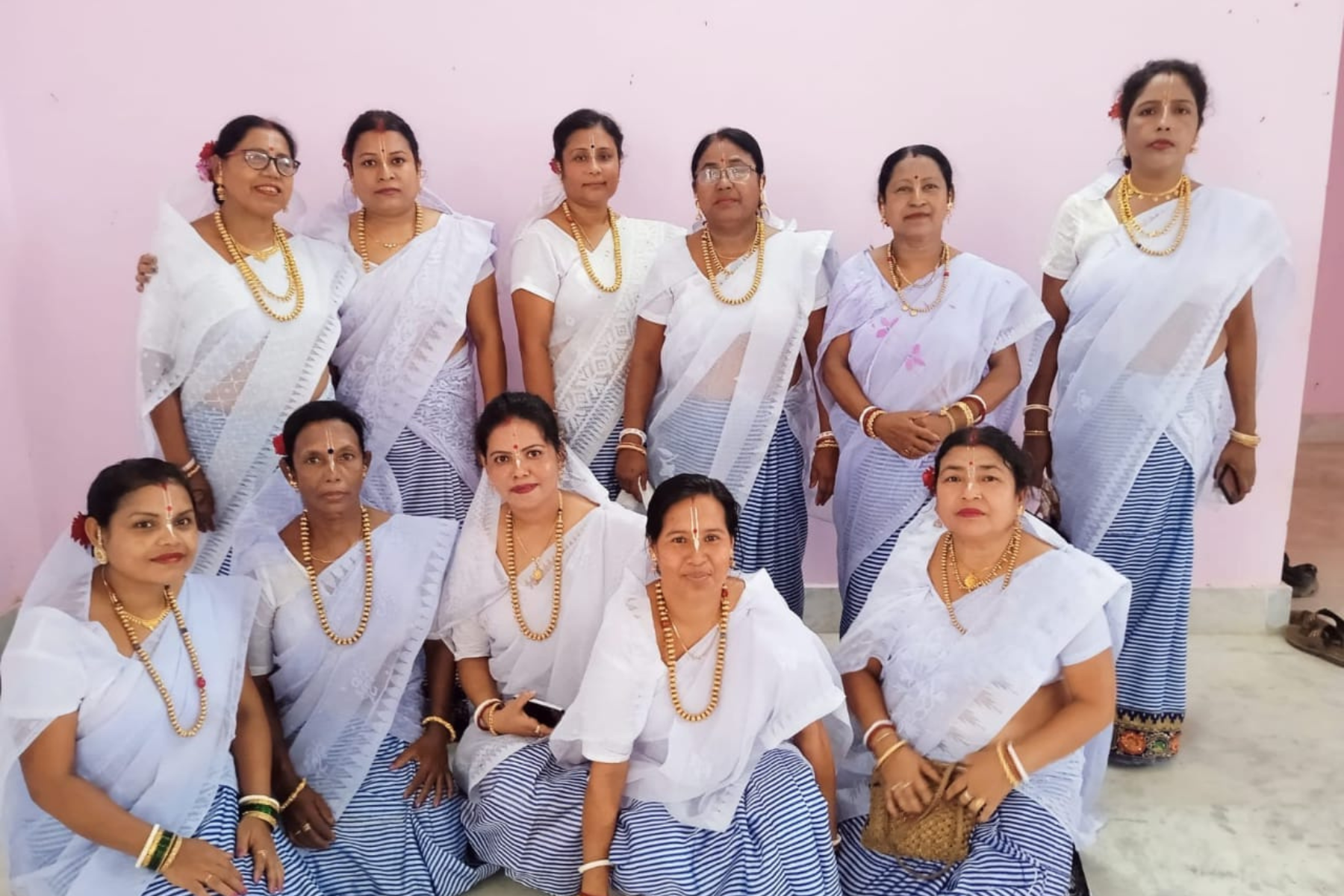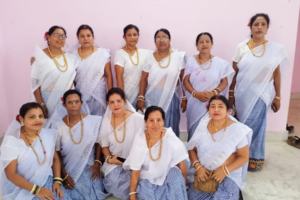To encourage breastfeeding and improve the health of mothers and infants, breastfeeding week is observed every year from August 1 to August 7.
Can women continue to breastfeed if they have been affected by the coronavirus? Can the virus be passed on to the infant through breastfeeding?
According to the World Health Organization (WHO), women with confirmed or suspected COVID-19 can breastfeed if they wish to do so. It points out that transmission of active COVID19 through breast milk and breastfeeding has not been detected. Therefore, “there is no reason to avoid or stop breastfeeding. Also, breastfeeding improves the health of mothers,” it states.
Women with #COVID19 can breastfeed if they wish to do so. They should:
— World Health Organization (WHO) Western Pacific (@WHOWPRO) August 1, 2021
😷Practice respiratory hygiene and wear a mask.
👐🏽Wash hands before and after touching the baby.
🧼Routinely clean and disinfect surfaces. #WorldBreastfeedingWeek pic.twitter.com/JHBfJHCKBn
However, the COVID19 protocols of washing the hands frequently, before picking up the baby, with soap and water or an alcohol-based hand rub, is to be followed. Wearing a medical mask during feeding is advised.
The WHO also recommends wet nursing, expressing milk if the mother is too unwell to breastfeed the baby due to COVID19 complications.
Importance of breastfeeding
According to the WHO, all mothers should be supported to initiate breastfeeding as soon as possible after birth, within the first hour after delivery, referred to as “early initiation of breastfeeding”. This ensures that the infant receives the colostrum, or “first milk”, which is rich in protective factors.
A 2009 report of the WHO, Infant and Young Child Feeding, points out that infants who are not breastfed are six to 10 times more likely to die in the first months of life than infants who are breastfed. Diarrhoea and pneumonia are more common and more severe in children who are artificially fed, and are responsible for many of these deaths.
Your guide to breastfeeding safely during the COVID-19 pandemic. #WorldBreastfeedingWeek pic.twitter.com/8EaLDselmn
— UNICEF (@UNICEF) August 1, 2021
A worrying trend in breastfeeding practices
Despite the health benefits of breastfeeding, the National Family Health Survey-5 (2019-20) data shows a decline in the percentage of under-3 kids breastfed within one hour of their birth, even in rural areas.
As per the data, 10 states show a worrisome decline in under-3 kids breastfed within an hour of birth. Rural Sikkim tops this list and has recorded the highest decline in the percentage of such babies. From 68.9 per cent in the National Family Health Survey-4 (NFHS) of 2015-16, the figure of under-3 rural kids breastfed within one hour of their birth has dropped by half to 33.1 per cent in 2019-20.
In rural Bihar, only 30.5 per cent of under-3 kids are breastfed within an hour of birth.
The decline in breastfeeding in rural India is a cause for concern as 35 per cent of under-5 kids in rural India are stunted, 33 per cent of them are underweight, and 17 per cent are wasted.
Does the type of delivery affect breastfeeding?
Recent studies and public health experts claim the type of delivery also affects breastfeeding within an hour of childbirth.
A 2019 study, ‘National and rural-urban prevalence and determinants of early initiation of breastfeeding in India’, published in BMC Public Health, found only 41.5 per cent of Indian mothers initiated breastfeeding within one hour post-birth. “Birthing through caesarean, receiving delivery assistance from non-health professionals and residing in rural areas of the Central region were associated with delayed EIBF [early initiation of breast feeding] in all populations,” reads the study.
The recent NFHS-5 has also recorded a jump in Caesarean section (C-sec) births in rural India. Telangana tops the list with over 58 per cent rural births in the state (both public and private facilities) as C-sec deliveries. Meanwhile, in West Bengal, 84 per cent of deliveries in the state’s private rural facilities are C-sec.



















